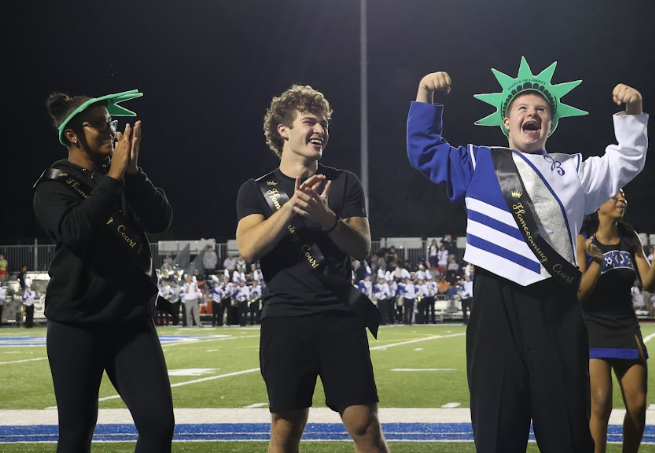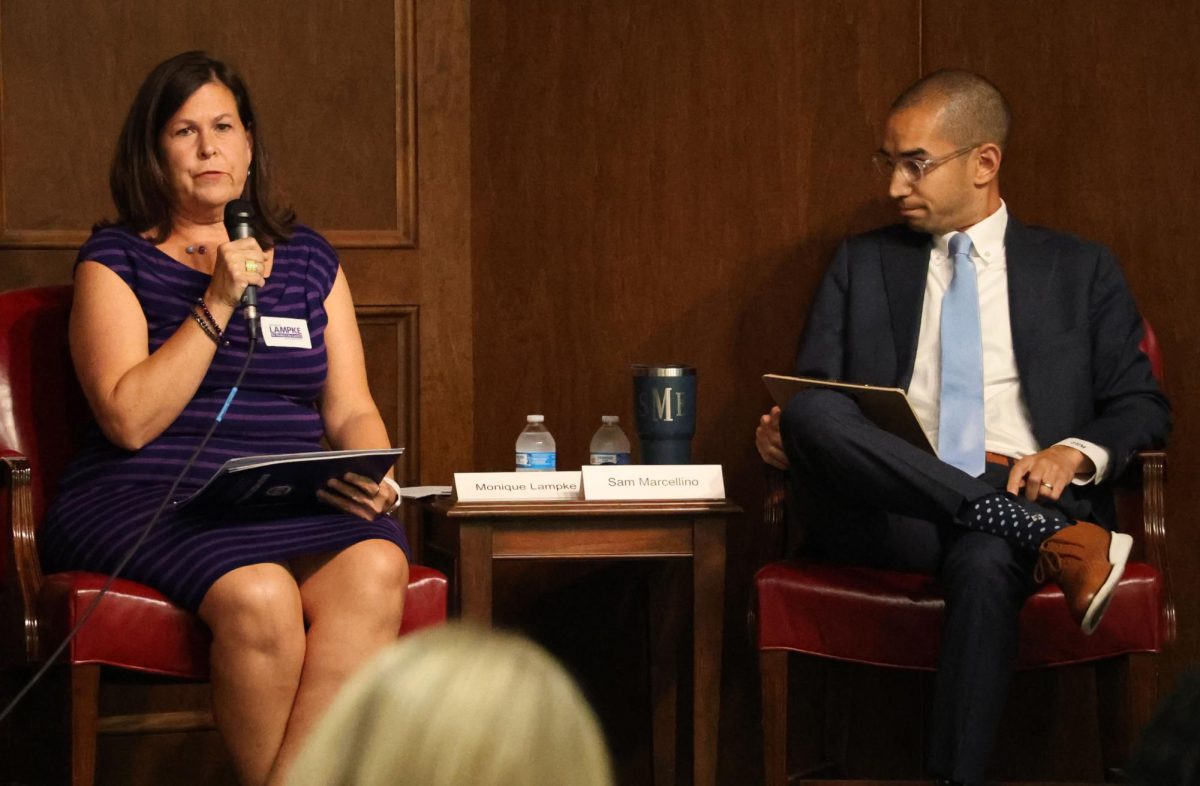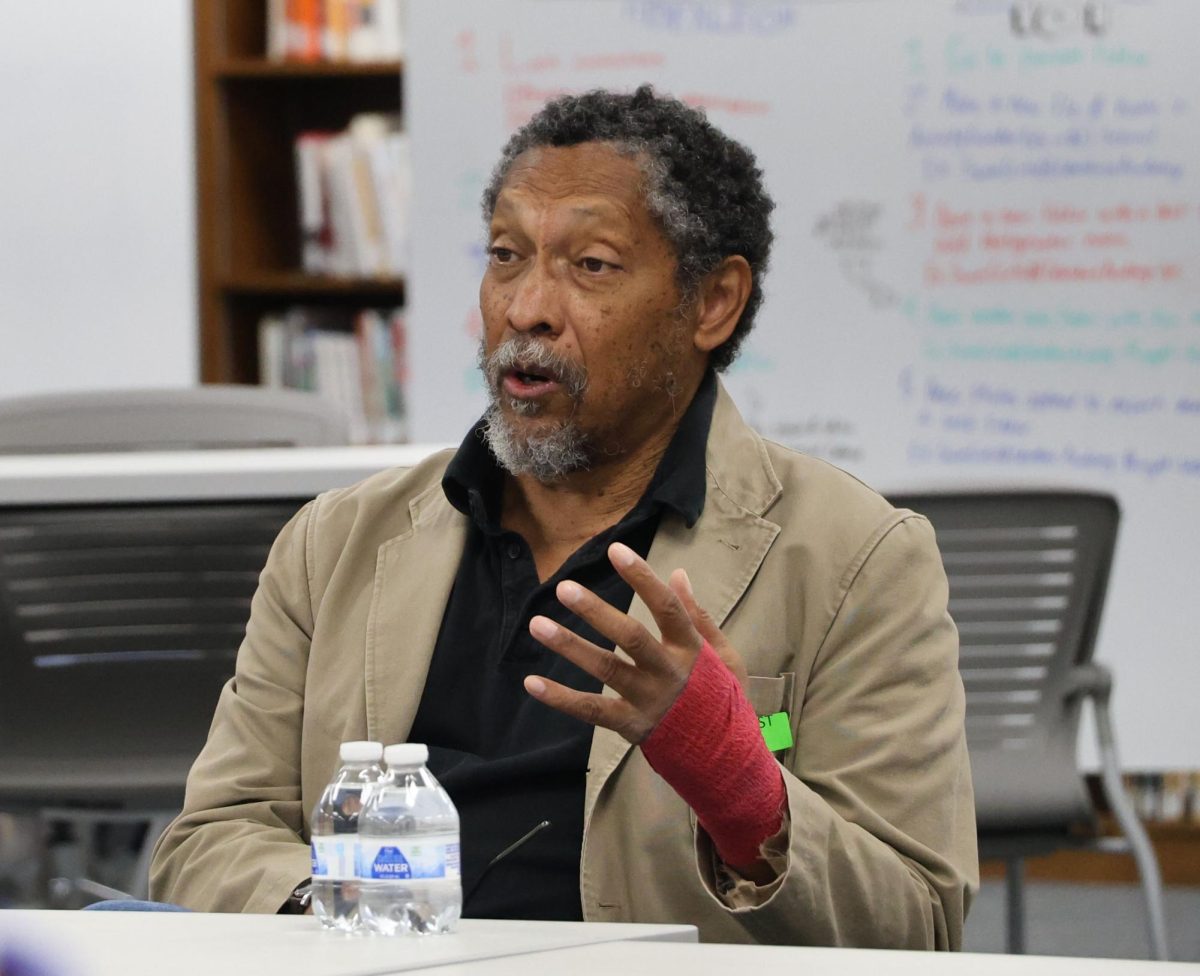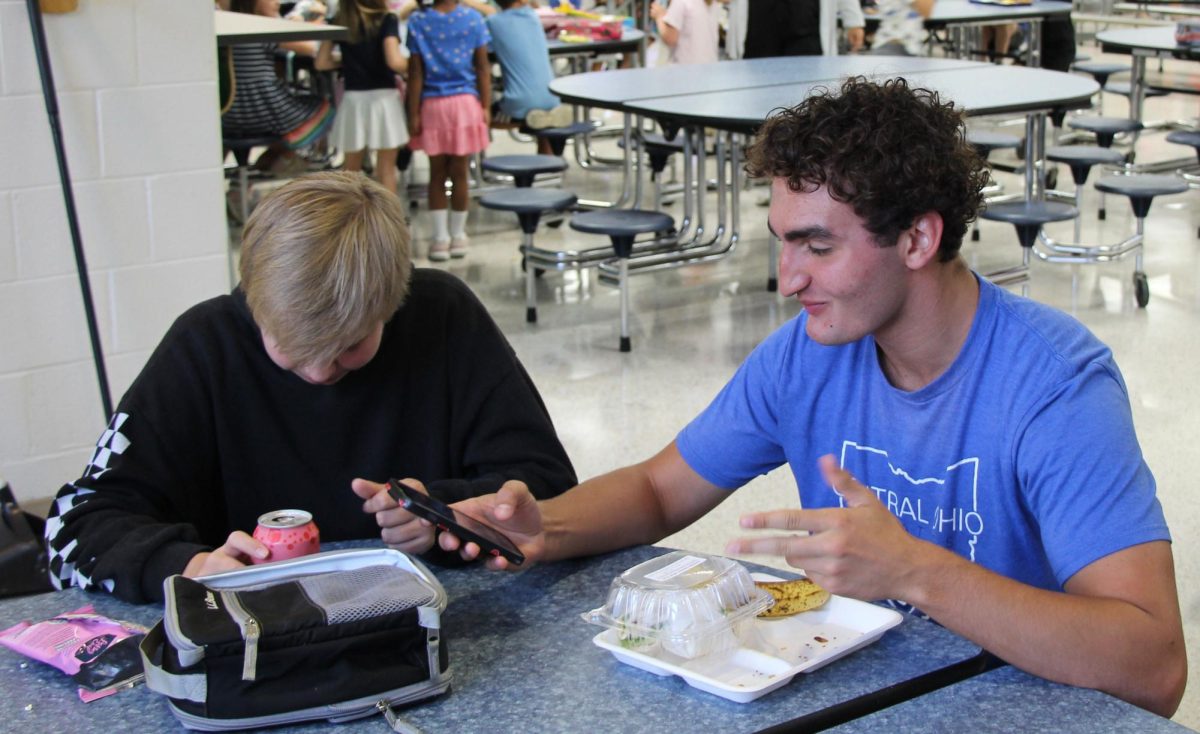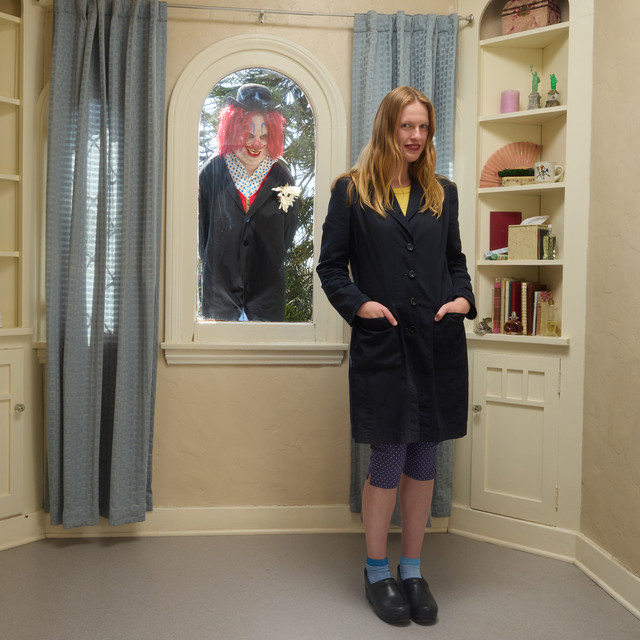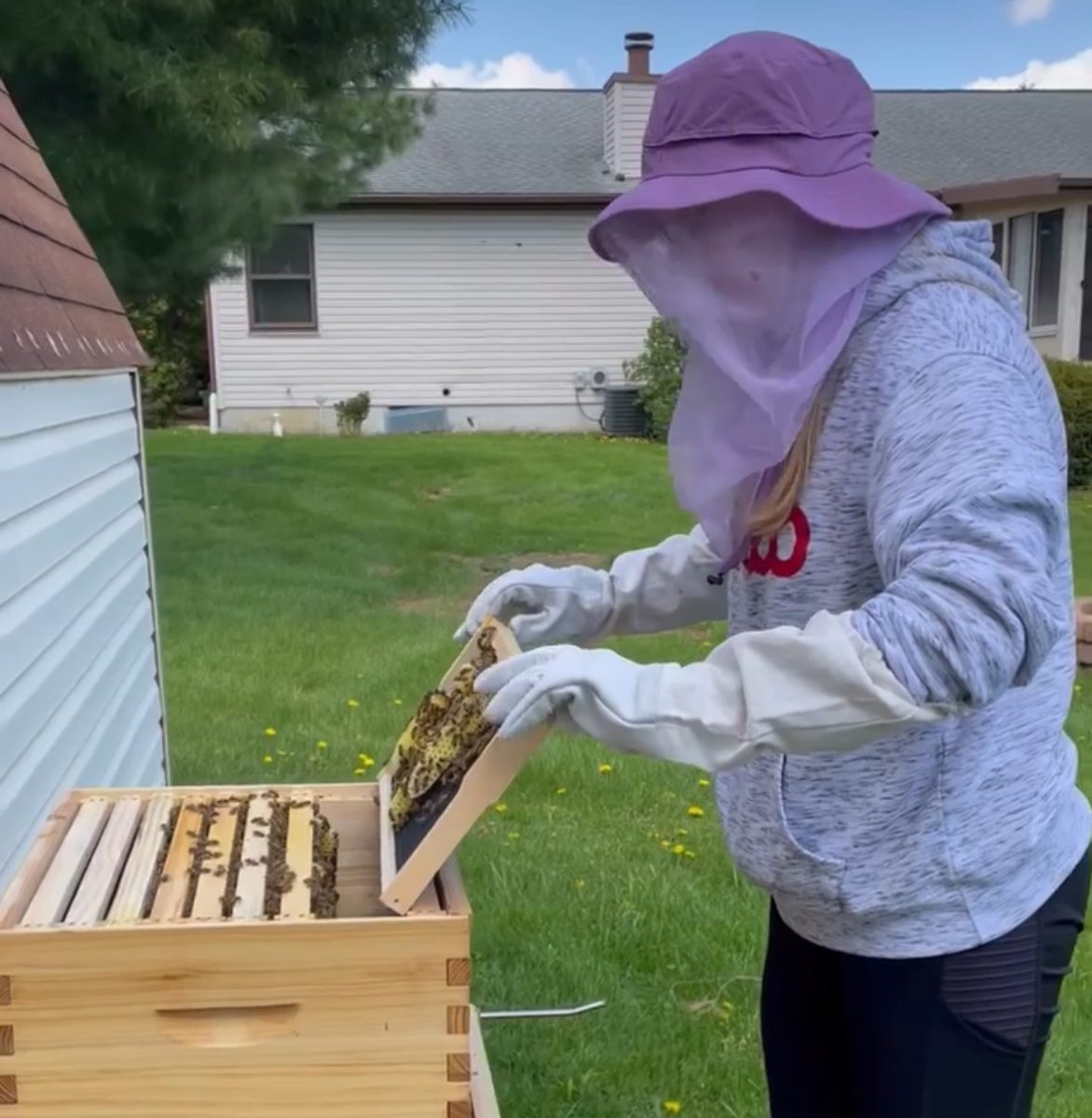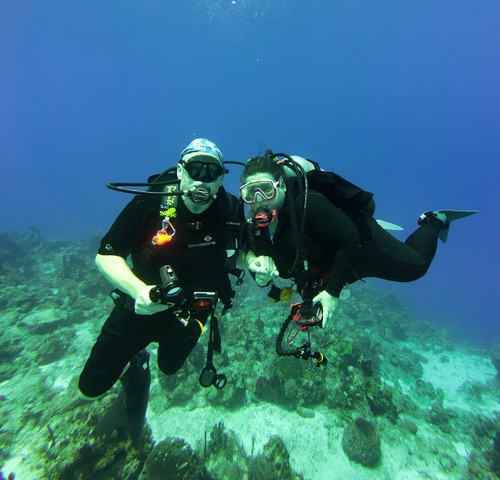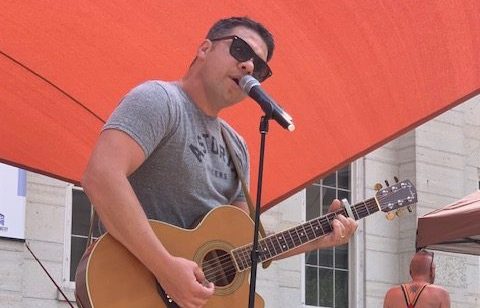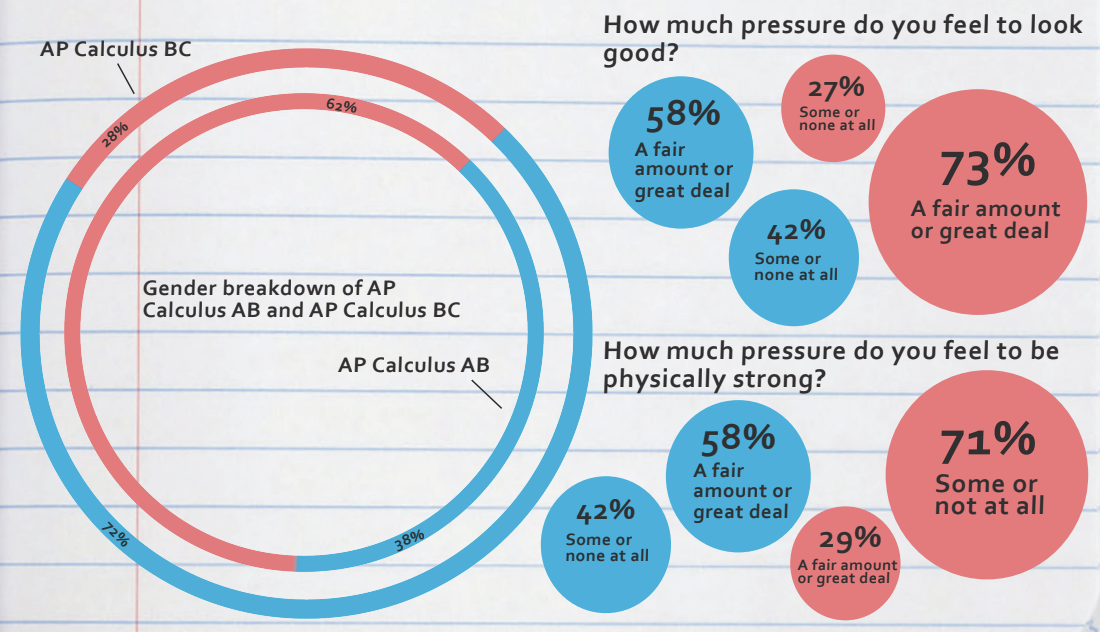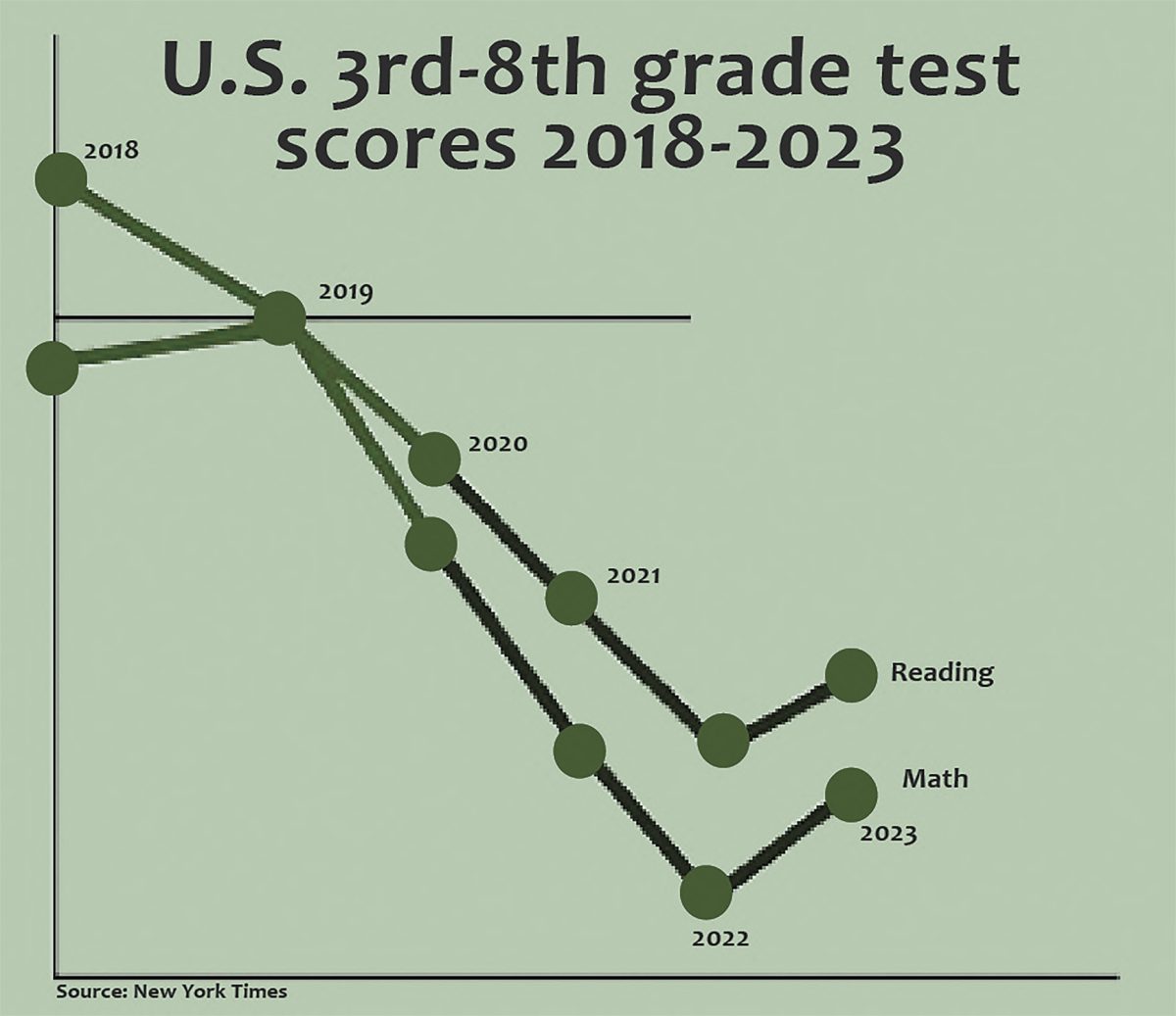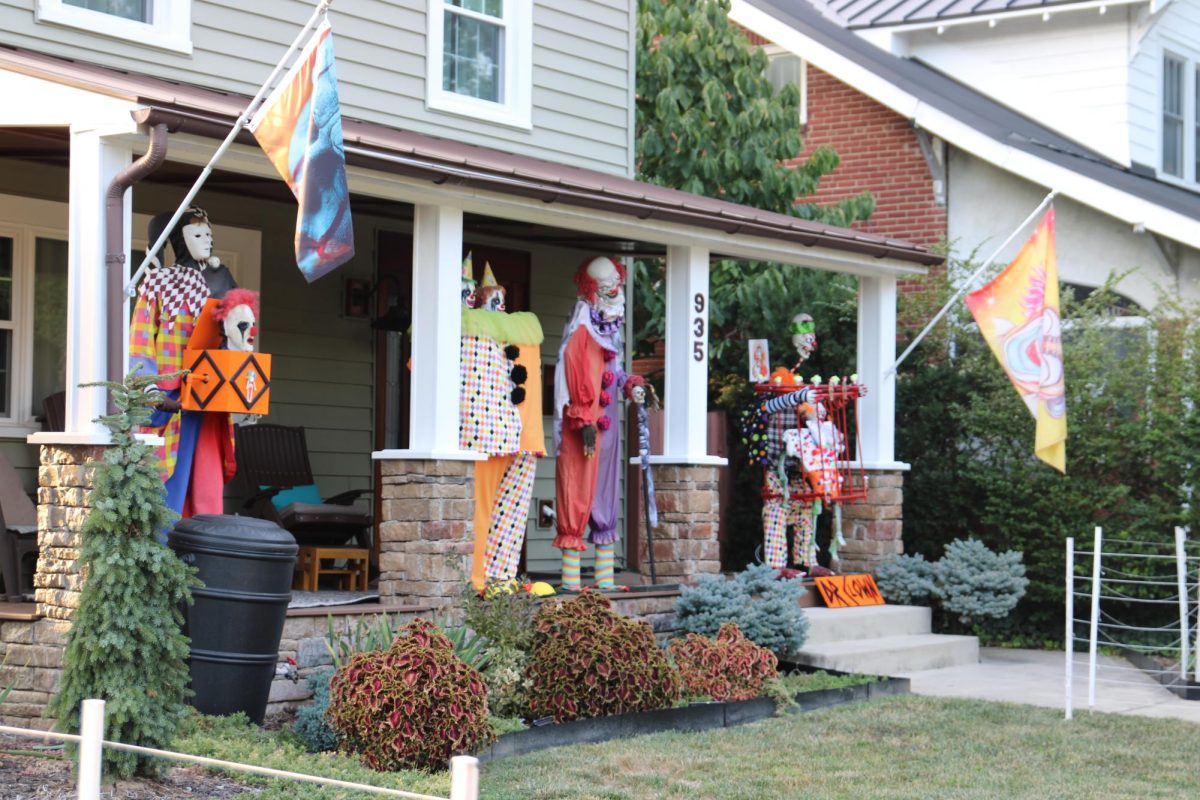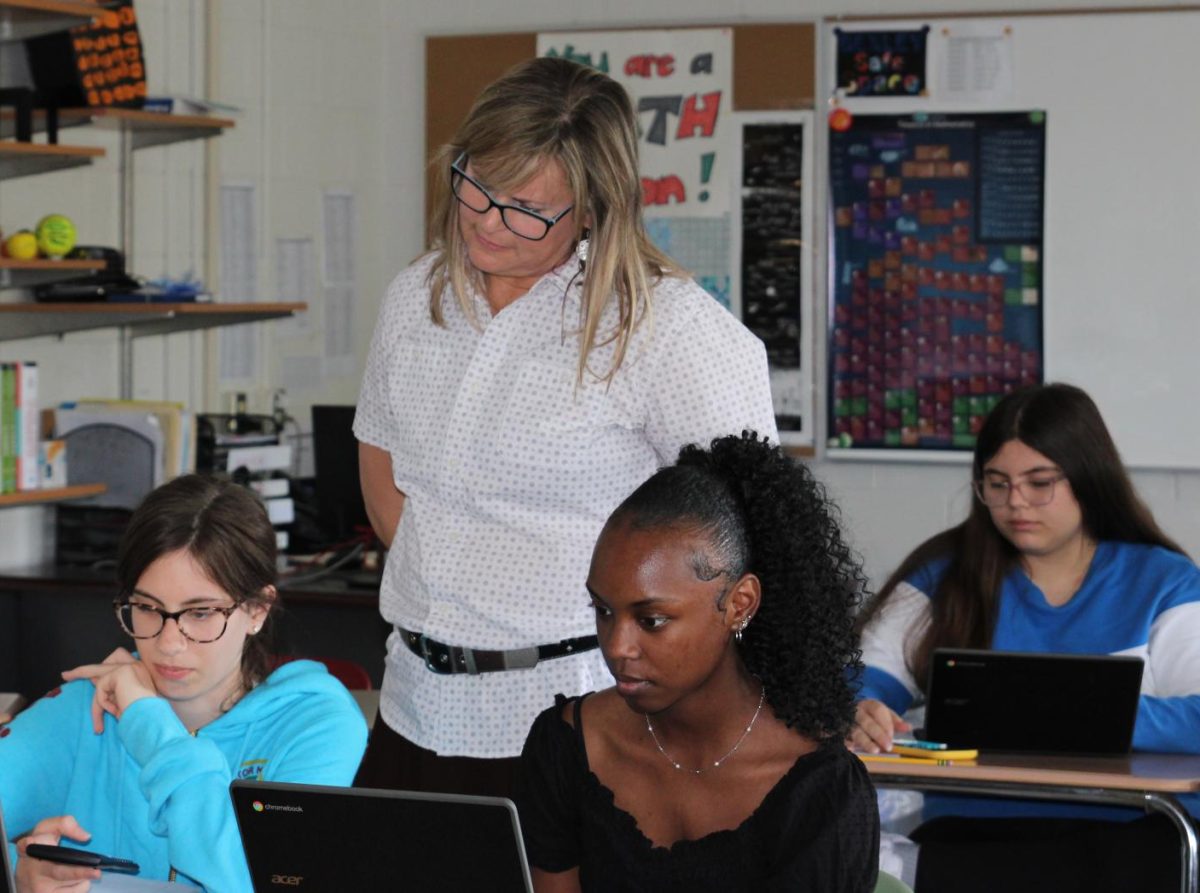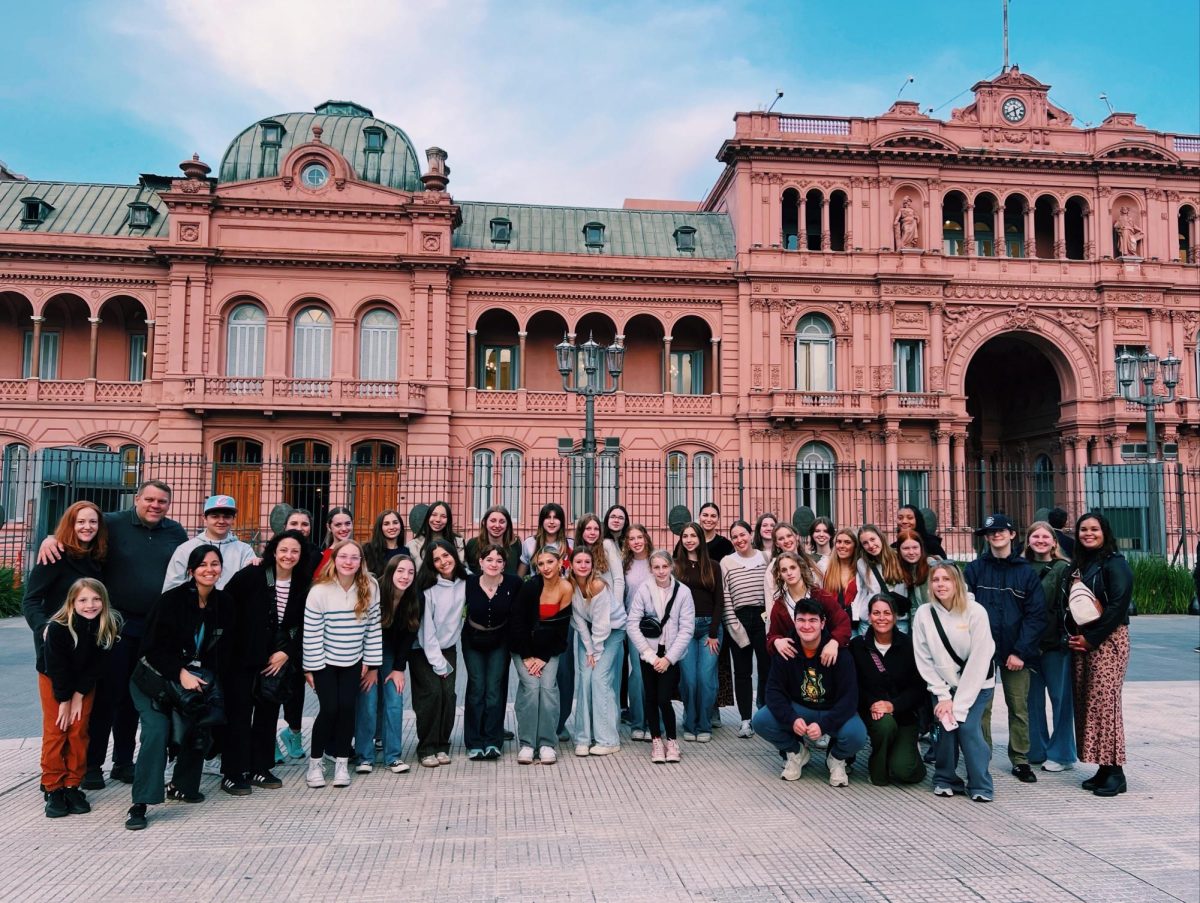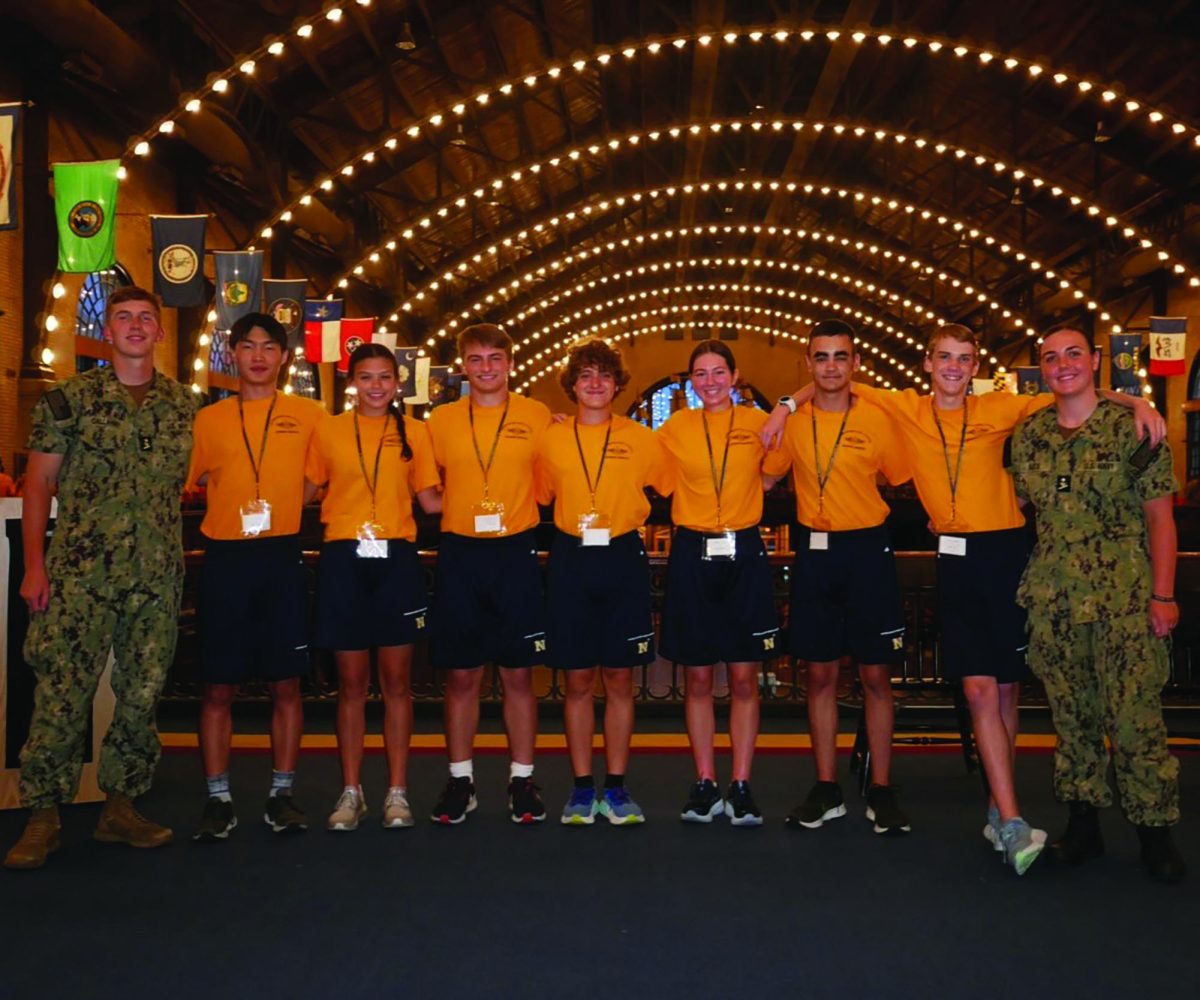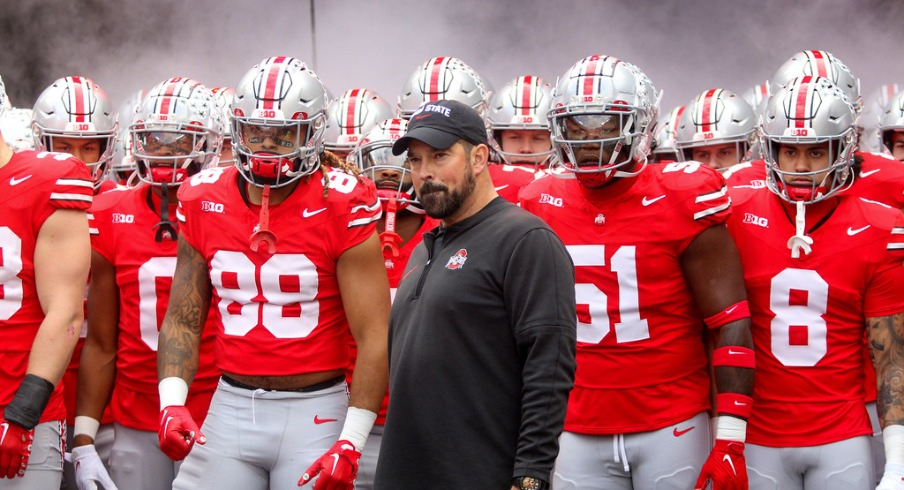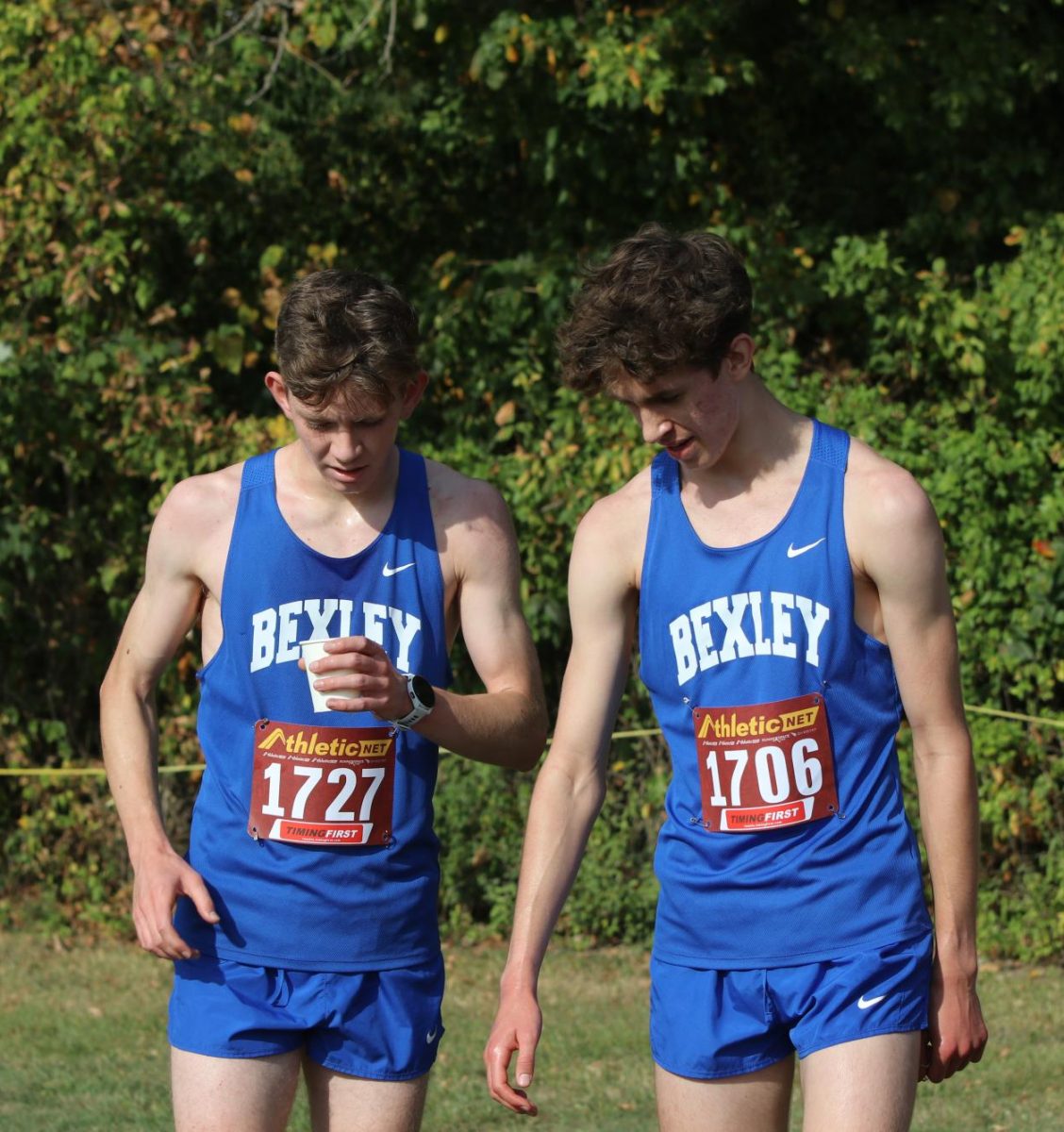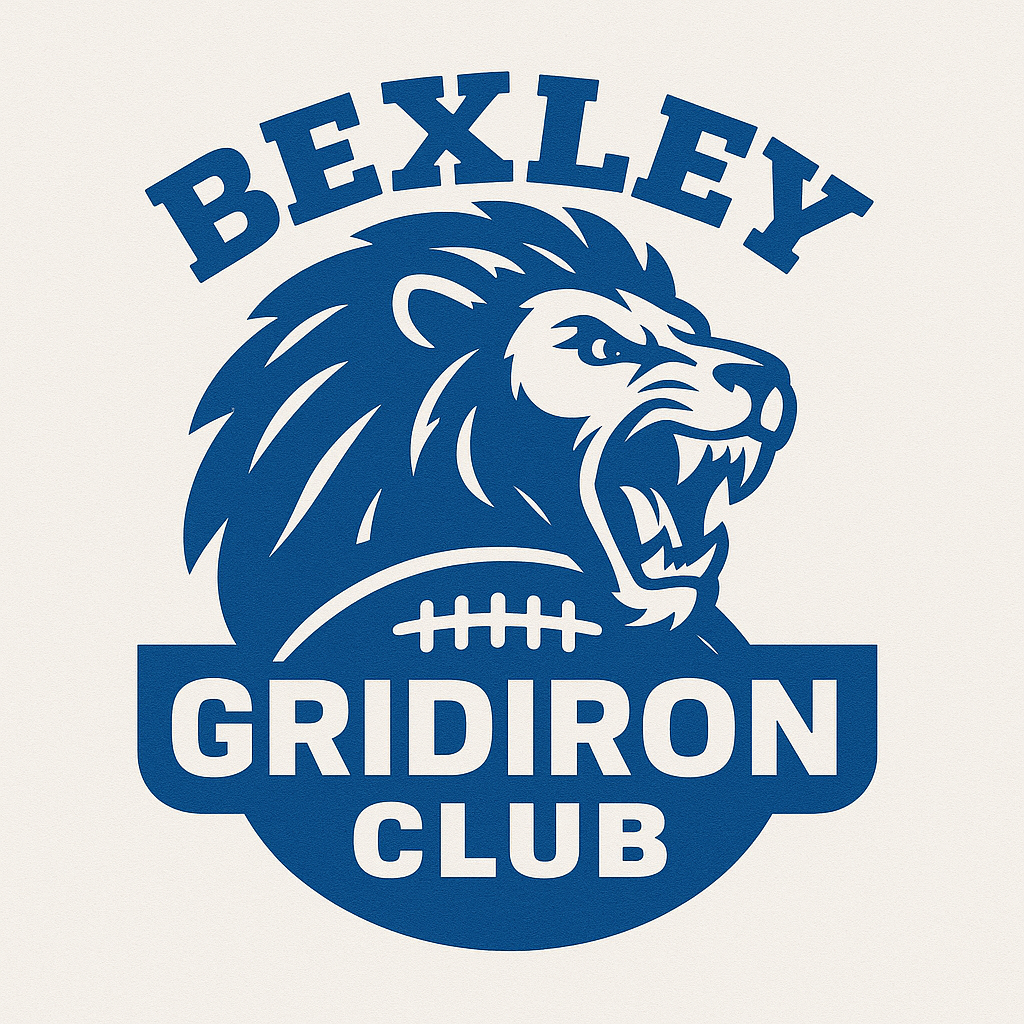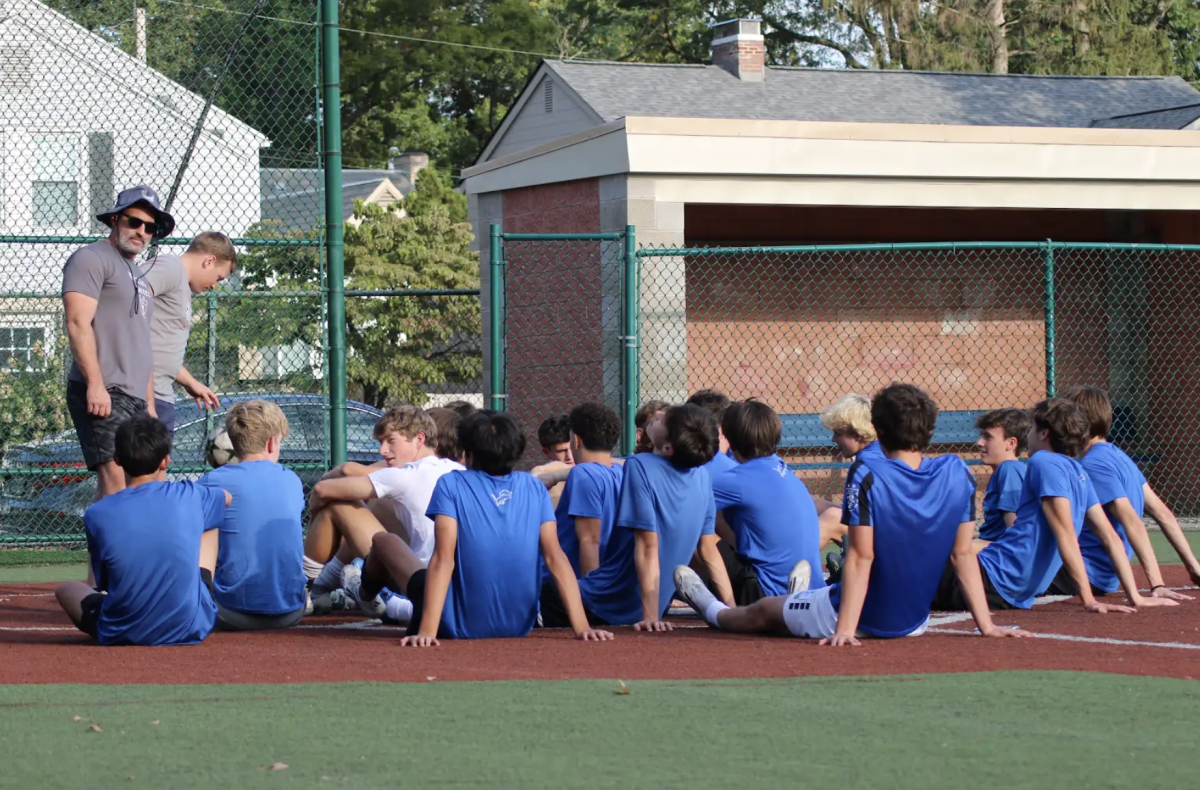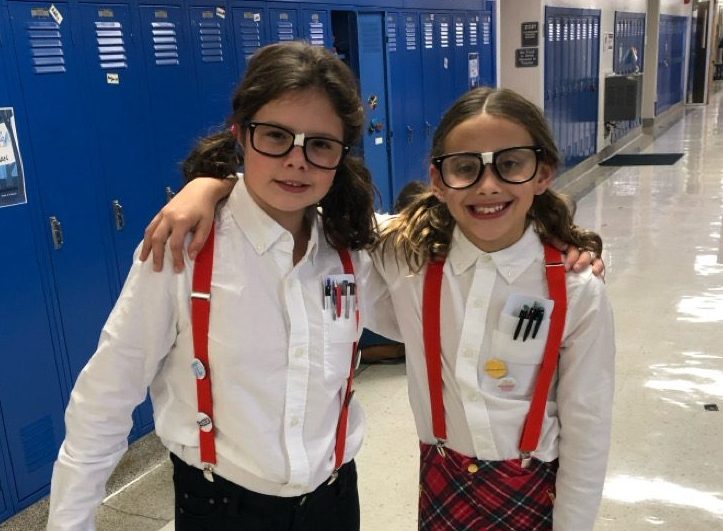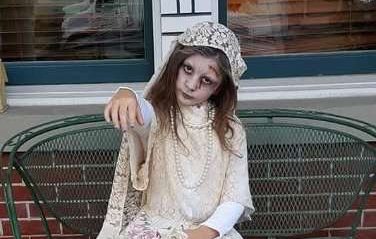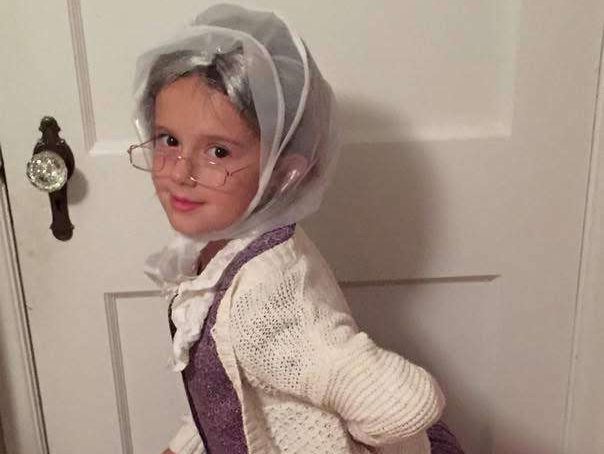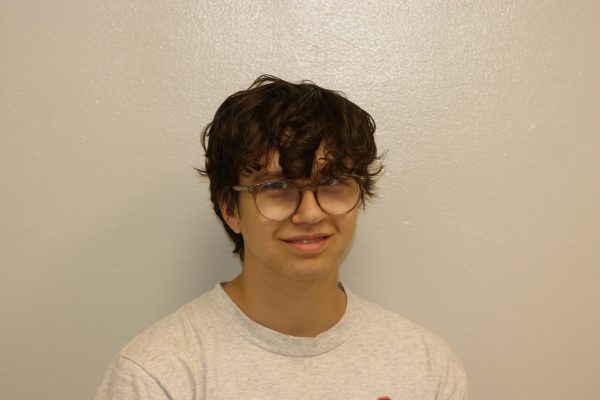Shooting pains, tearing muscles and popping joints are experiences every student athlete wishes to avoid. Although typical sports injuries range from minor bruises to scrapes, Bexley student athletes continue to struggle with season-ending injuries.
Junior Luke O’Brien said he tore his Anterior Cruciate Ligament over the summer at football practice. He explained that when he was tackled in a drill, a teammate fell on his legs.
“I didn’t even know it was torn at the time,” O’Brien said. “I thought it was just a tweak.”
This was O’Brien’s first ACL tear and first major injury in general, he said.
Senior Griffin Heideman, however, explained his recent tear was actually his second–the first was in May 2023.
Heideman tore his ACL and meniscus at a basketball game in July of this year, he said. He added it felt like his knee had become double-jointed and popped out of its socket. He said he immediately stopped playing and sought medical attention.
“Because I had a little bit too much experience with the first one, I knew exactly what it was,” Heideman explained. “It felt the same.”
Junior Grayson Sherman said he was playing baseball against Central Crossing in May of last year when he noticed something was wrong with his arm after an especially hard throw. He fired the ball from third base over to first when he said he felt a pop, which turned out to be his Ulnar Collateral Ligament being torn, and he sustained nerve damage throughout his arm.
“It felt like a release of tension, and then numbness in my fingers,” Sherman explained.
Sherman said he played the rest of that game and two more after; he described the experience as “brutal.”
“I just kept pushing because I didn’t want to stop playing or admit to the coach that I couldn’t play for him,” he said.
O’Brien said he tried to “walk it off” initially as well. After a week, though, the athletic trainers suggested he get an MRI, which is when he found out about the tear, he explained. He wasn’t able to bend his knee enough to drive or go up the stairs for a while after the ACL was repaired, since it would be stiffer than usual while healing, he added.
O’Brien said he still goes to every practice and game; he even helps the coaches run drills. He struggled a bit after the initial injury, he added, but being able to come to practice and be a part of the team made it better.
“For me, my mental health relies on whether I have a goal or not,” O’Brien said. “I feel like, if I didn’t come to the practices and wasn’t involved then I’d be in a very different place right now.”
Sherman said his teammates are a big part of the reason he comes to practice, especially since his injury prevents him from participating in many aspects of the game.
“I’m just kind of there for moral support with my buds,” he said. “These are my friends, so I’d like to be there as much as I can.”
Heideman explained he goes to the team’s practices and games because he wants to support them, especially his younger teammates.
“I remember when I was a freshman or a sophomore, some of the seniors then would welcome me…and that meant a lot to me,” he said. “I just want to be that guy for these current freshmen or sophomores.”
Heideman said after his first tear, he had every intention of returning to basketball. Now, his goal for recovery is just to return to normal life, he explained.
“With the amount of meniscus damage I’ve had, my doctor says I should probably never play again,” he added.
Heideman hopes to play casual “pick-up” in college and with friends, he added, just not in any serious or competitive capacity.
O’Brien said he is hopeful to return to football as soon as possible, despite having months of recovery ahead of him.
He said for anyone dealing with an injury, the best thing to do is keep working hard, learn from it and come back better than before.
“Take your body and health seriously, because in a split second you can be done for the year,” he said.

